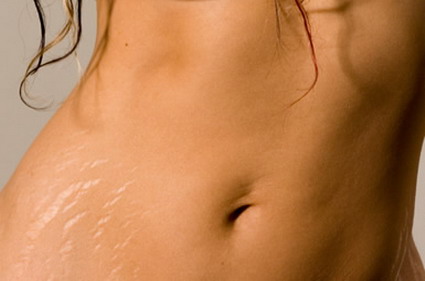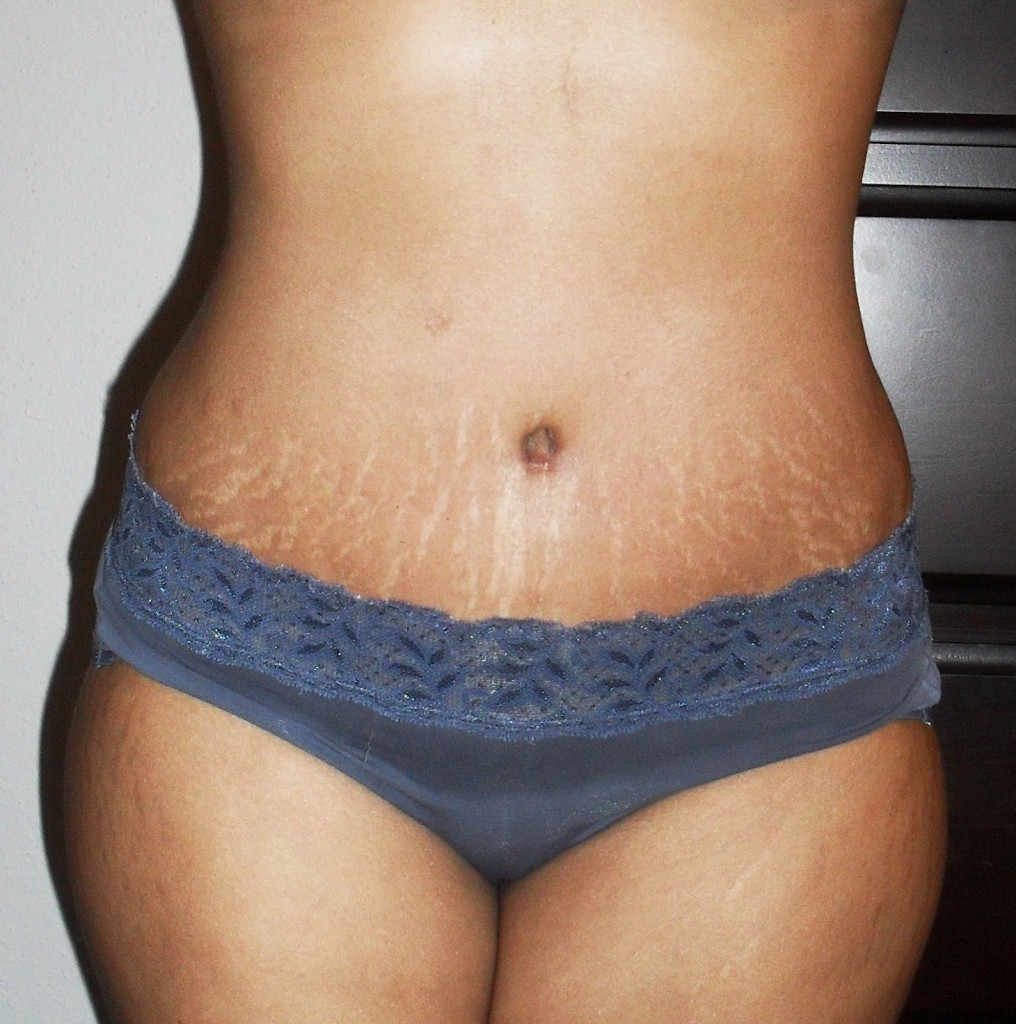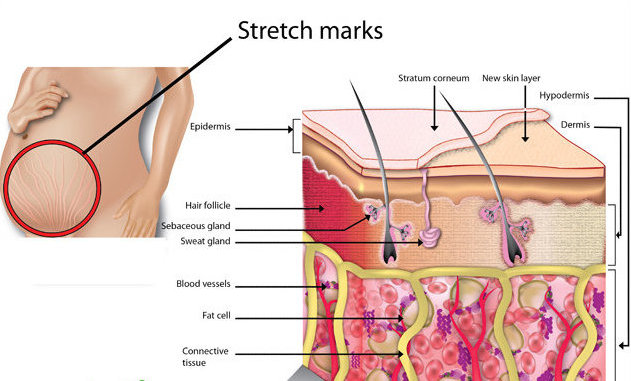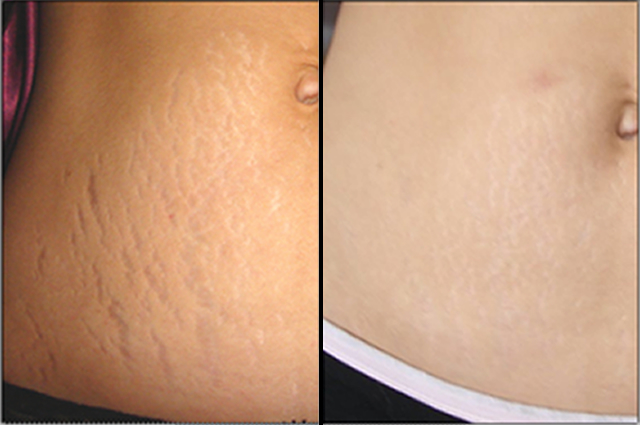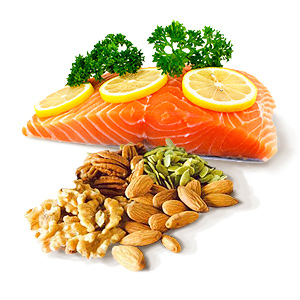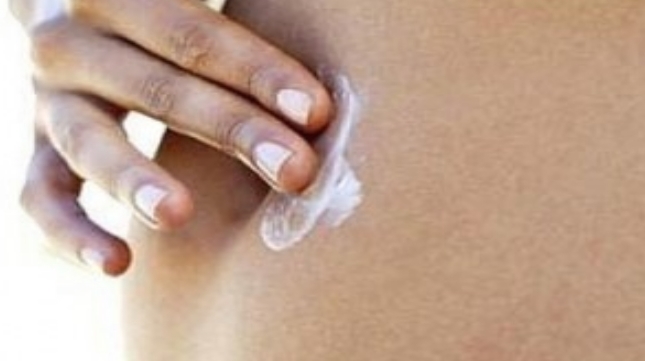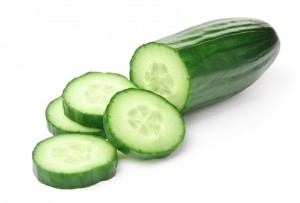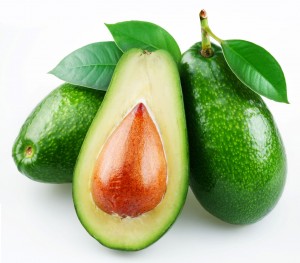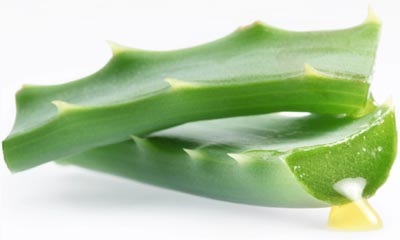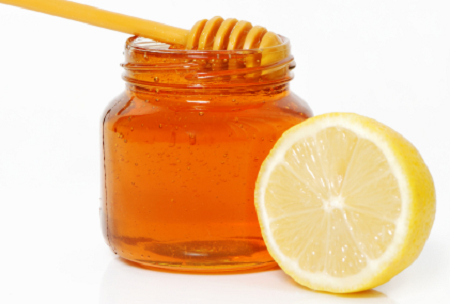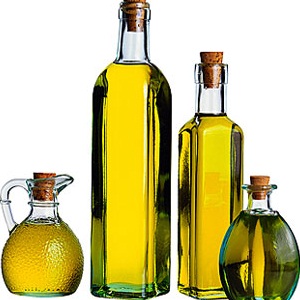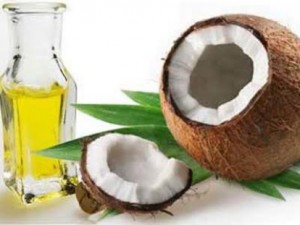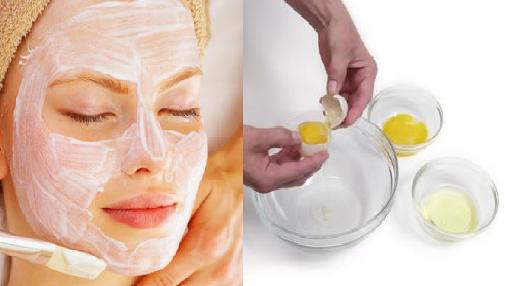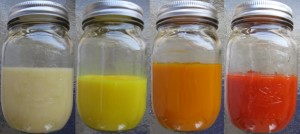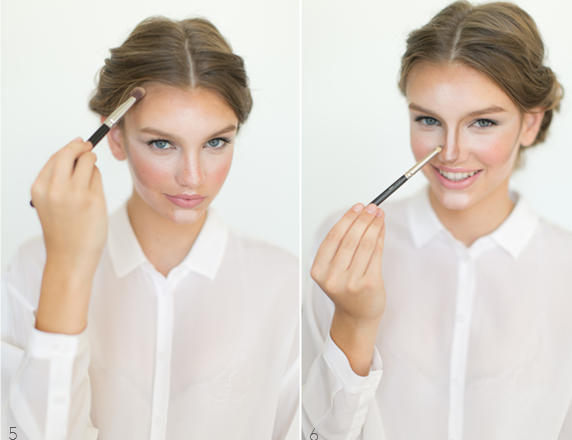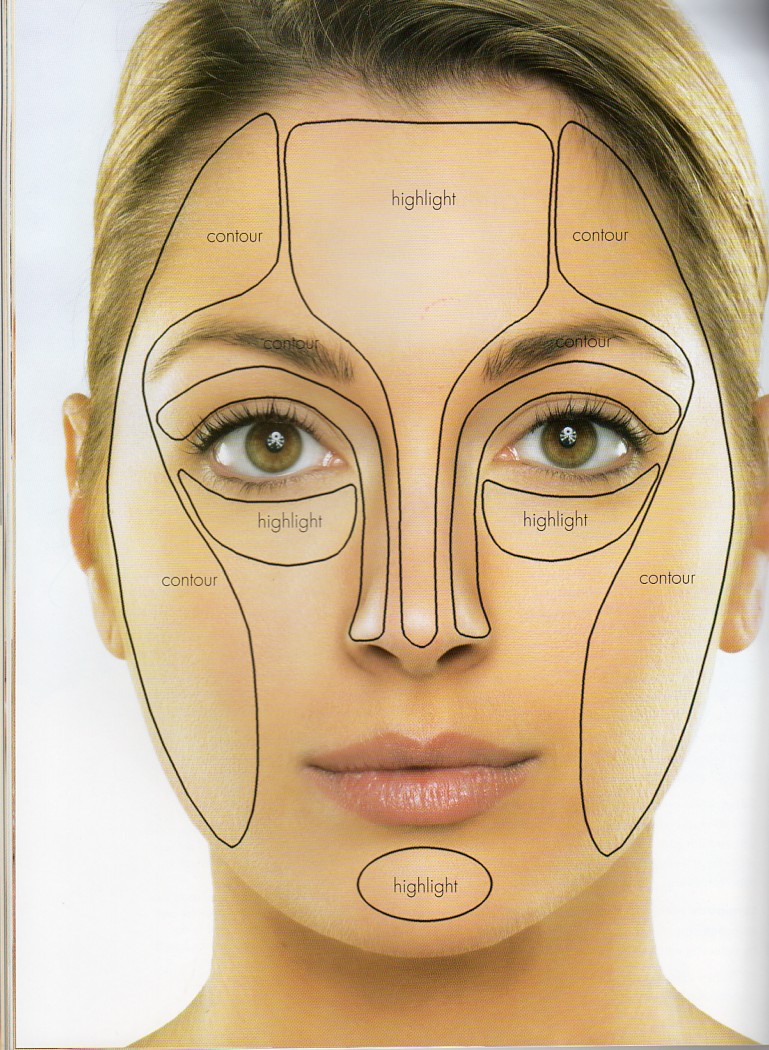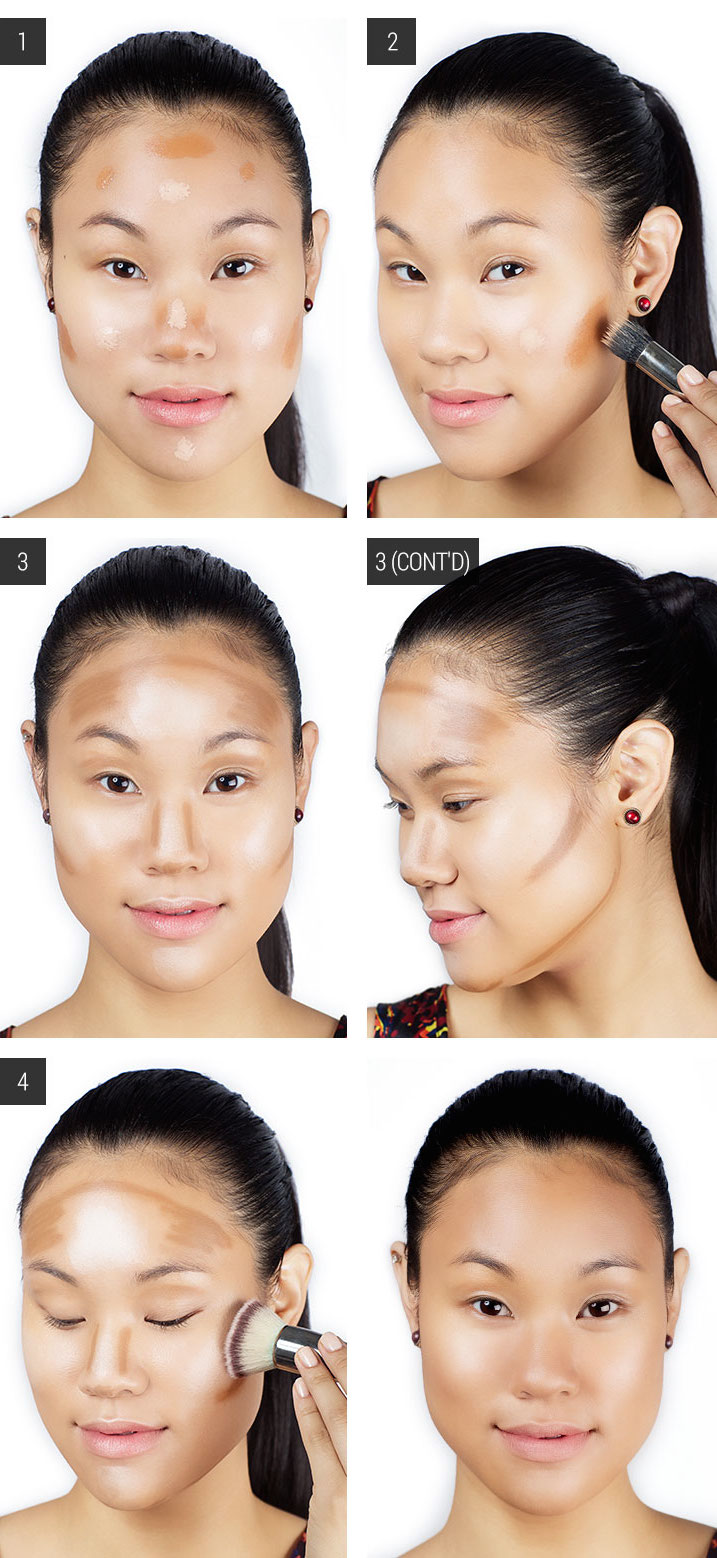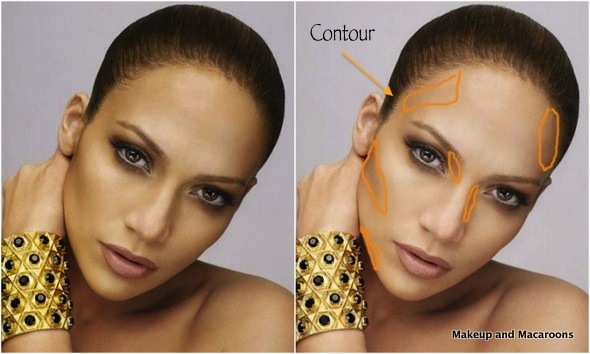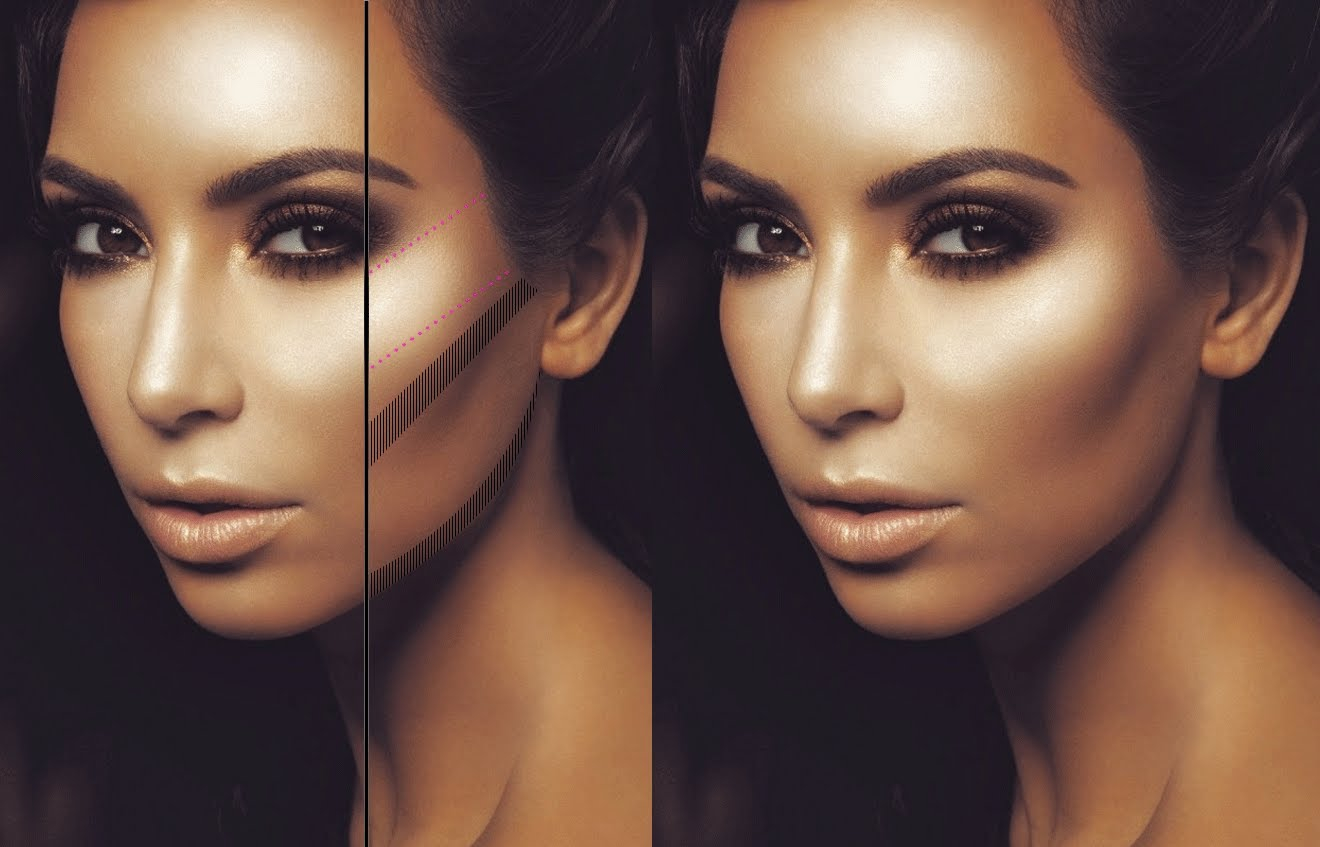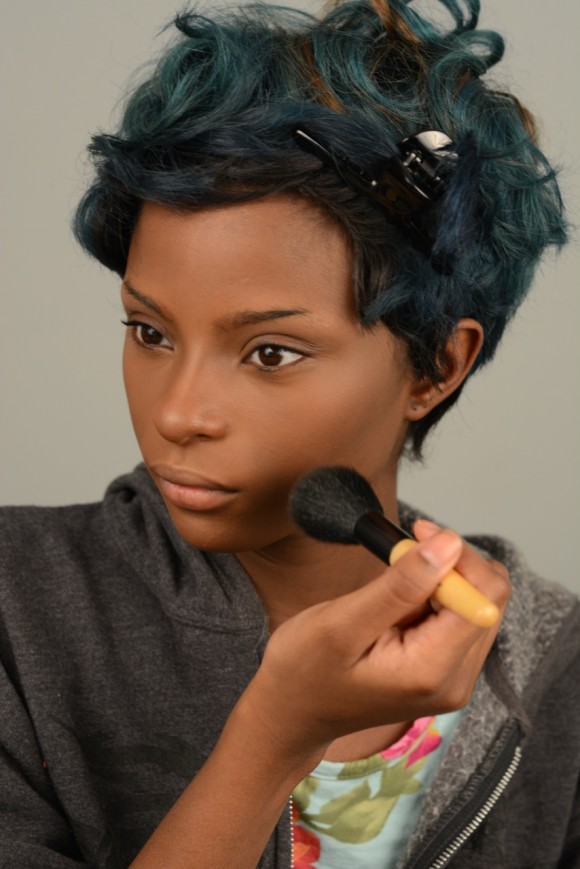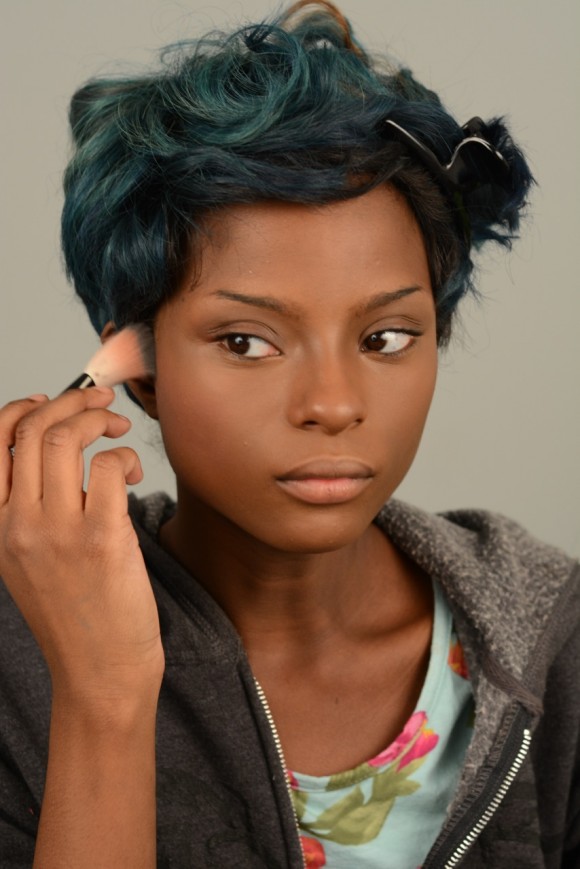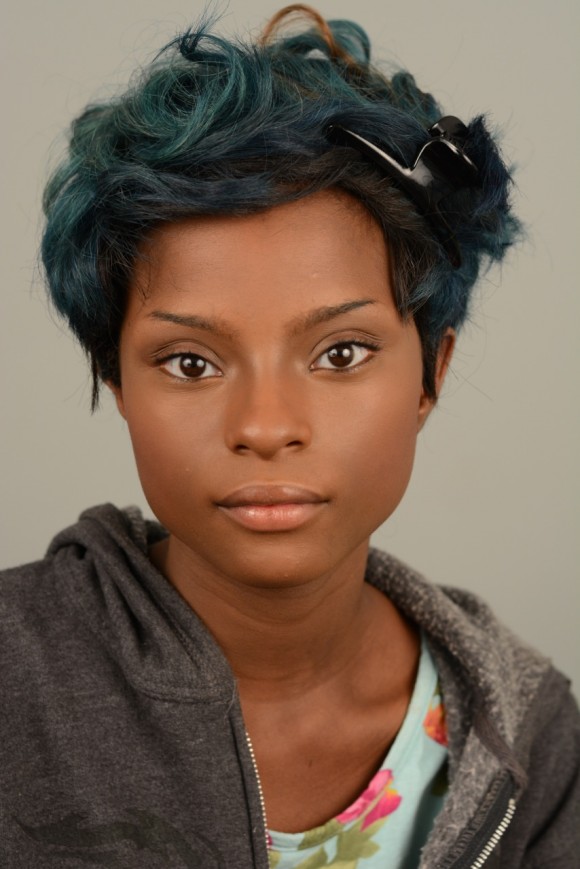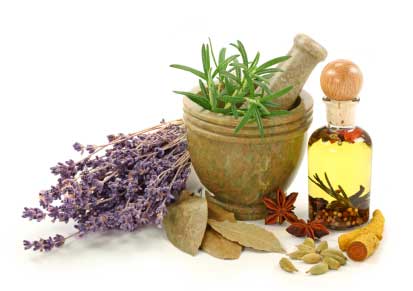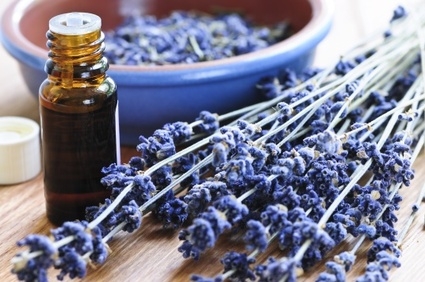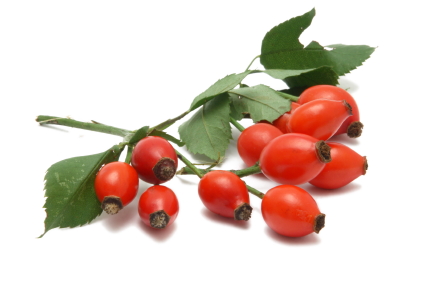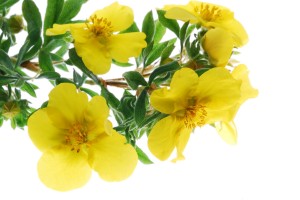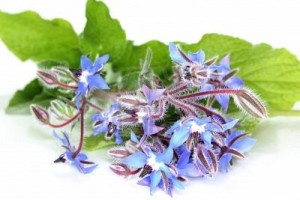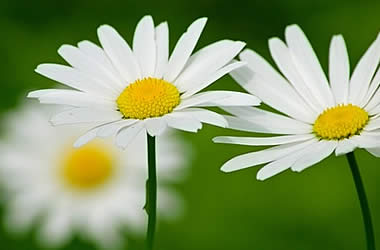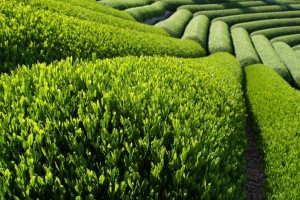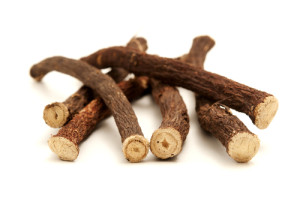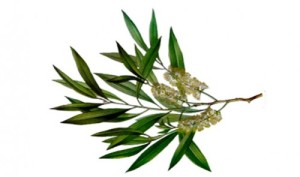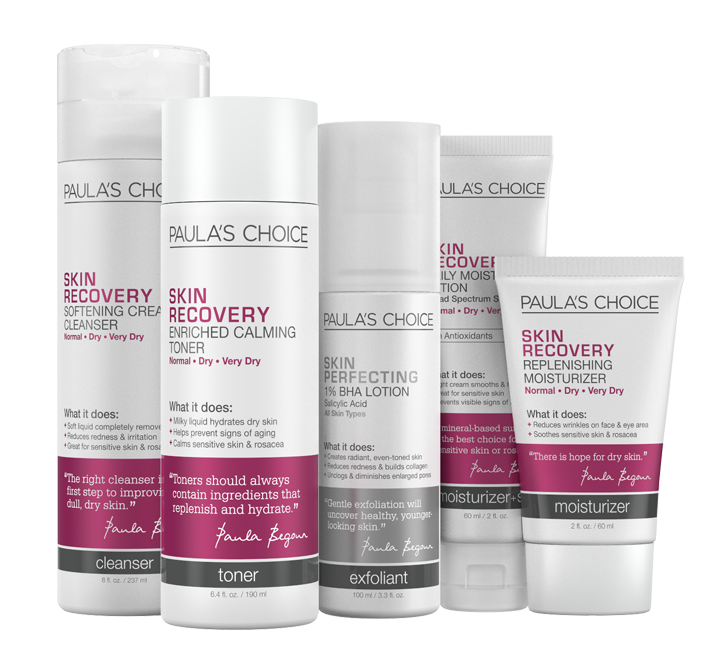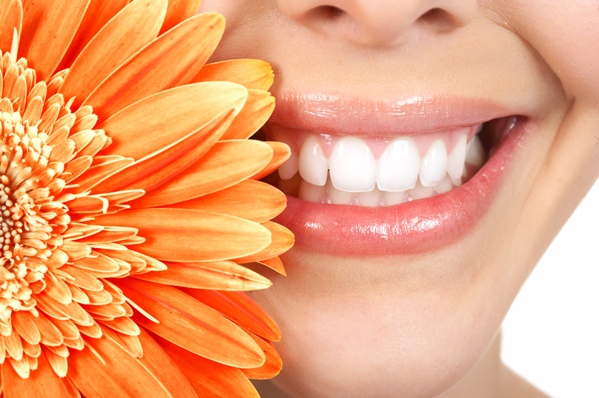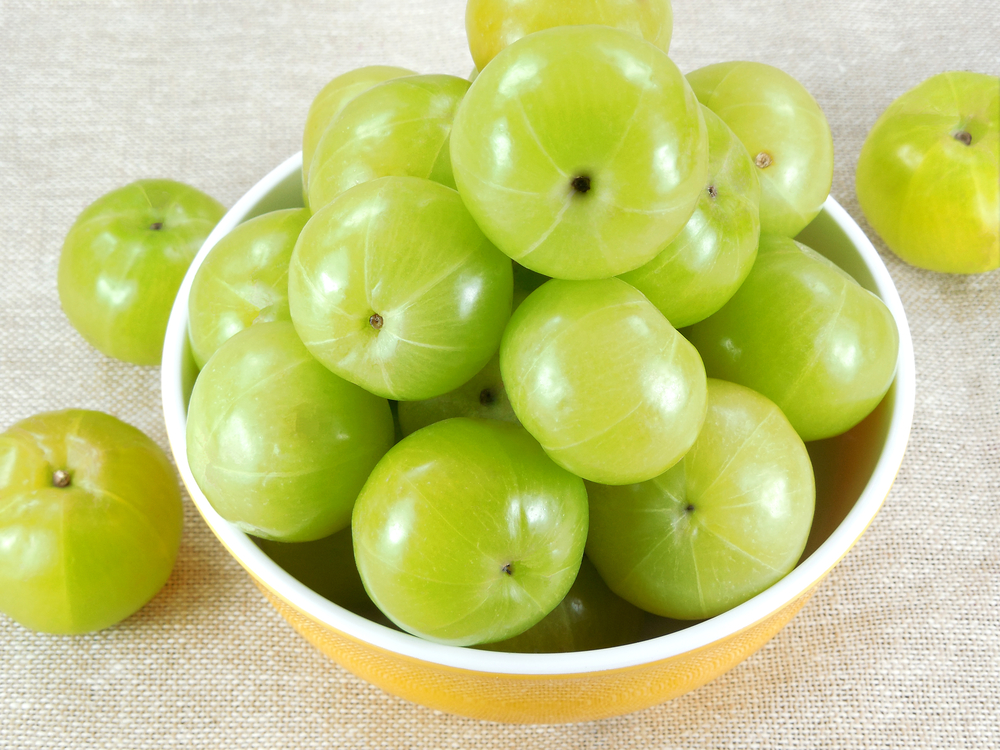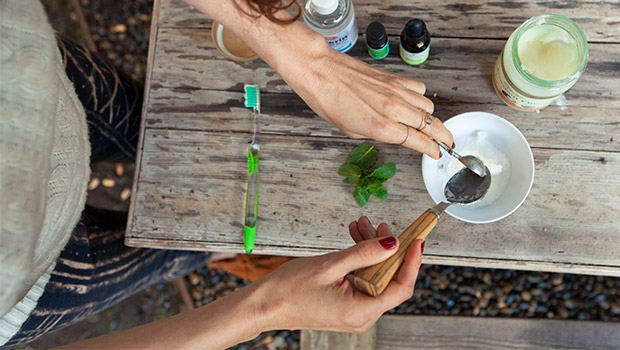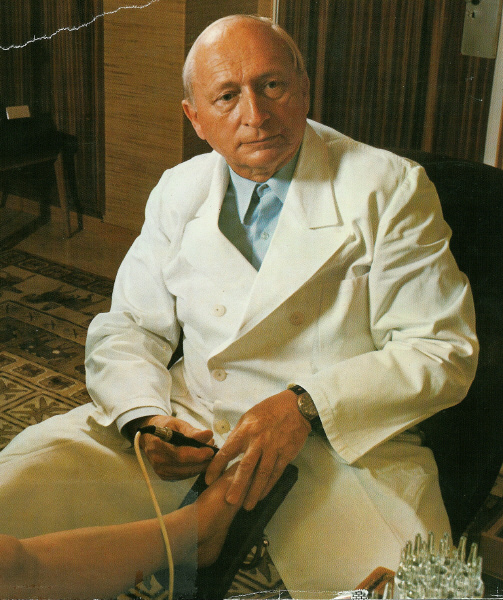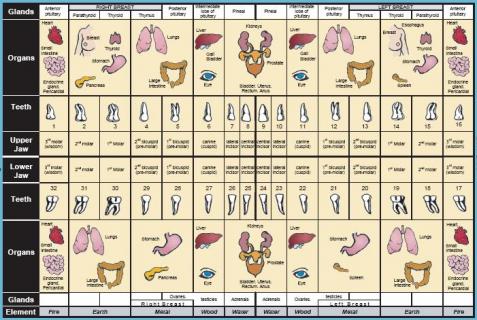10 Tips and recipes to rid stretch marks
Stretch marks are visible lines on the skin surface, with an off-color hue. Stretch marks are mainly found in the abdominal wall, but can also occur over the thighs, upper arms, buttocks and breasts. Sometimes stretch marks can cover large areas of the body. While pregnancy is the main cause behind stretch marks, other reasons can be sudden gain or loss in weight, rapid growth, heredity factors, stress and changes in physical conditions.
The skin consists of three main layers: Epidermis (the outer layer), Dermis (the middle layer) and Subcutaneous or Hypodermic (the deepest layer). Stretch marks form in the dermis or middle layer of the skin when the connective tissue is “stretched” beyond the power of its flexibility due to rapid expansion or contraction of the skin. As skin is stretched, the collagen is weakened and its normal production cycle is interrupted and damaged. This ultimately results in fine scars under the top layer of the skin. Initially the marks look pink or red, but over time a thin, silvery line appears on the skin surface and a stretch mark is born. Stretch marks appear on the skin surface when someone grows quickly, or puts on weight quickly.
Anti oxidants to repair stretch marks
Anti oxidants are compounds well known for keeping skin young. These compounds have properties which repairs our skin fast and helps you to get rid of wrinkles and stretch marks. Eat foods rich in anti oxidants or apply a stretch marks removal cream for lessening your marks. Catechin polyphenols in green tea, polyphenols in apples, flavonoid in dark chocolate, lycopene in tomato, gluthathoine in yogurt are good antioxidants to treat stretch marks. Other foods like berries, pomegranate, eggs are also very helpful. One can also apply these fruits and vegetables to your cracked skin so that it heals fast. Good quantity of anti oxidants in body will not only help you to get rid of stretch marks but will also keep skin firm.
Healthy Food
Eat food rich in Folic Acid, Vitamin C, Vitamin K, Zinc and omega fatty acid to help l the stretch marks. Fish, eggs, oranges, broccoli, spinach, almonds, lentils are foods one must have to provide body with essential nutrients to heal the cracks fast. Also drink water according to your body requirement, everybody is different, to keep body hydrated and moisturized. Junk food should be avoided in this process.
Exercise
Exercise provides more blood and oxygen to skin that helps to give extra nutrients and vitamins that repair the cracked skin. Remember to exercise more for the region or part of the body where you have more stretch marks. Usually the stretch marks are on chest thighs and stomach, so chest push ups and pull ups are good. Similarly for stomach crunches are good and for thighs cycling, swimming and sit ups are helpful. One can also massage the area where you have cracked skin. Take a cold pack and slowly rub in on your marksa. Follow this method daily to quickly remove stretch marks.
Ointments to get rid of stretch marks
Now a days many creams are available in the market that claim to lighten stretch marks from skin. Although we have not tried any such cream or not asked any person who has used such creams, but these companies claims to give postive results. You can ask a dermatologist for getting a quick solution to your problem.
Cucumbers
Cucumbers are various nutrients and skin lightening compounds that lighten the stretch marks. It provides a lot of moisture that leads to growth of new cells that repair the affected skin. Take the smaller cucumber and cut in into slices. Now take one slice and rub it slowly over the stretch marks for 5 minutes. Let it stay for 15 minutes, till then have some rest. Now remove the cucumber slice and wash the affected skin with warm water, apply an oil or a rich moisturiser . Cucumber helps to relax our skin cells and following this method daily will lighten your stretch marks quickly.
Avocado
Avocado is a great source for folic acid. Folic acid is widely used in stretch marks removal creams and is very good in healing damaged and cracked skin. Avocado also provides a lot of moisture to skin, hence extracts of avocado are widely used in moisturizing creams. To prepare a natural stretch marks removal cream make a paste of avocado. Now apply it to skin and let it rest for 20 minutes. Now remove it using warm water,and proceed with an oil or a rich moisturizer. Follow this technique daily to get rid of stretch marks naturally. This will not only heal the skin but also make it soft and more flexible. You can add some lemon drops to avocado paste for getting better and more effective results.
Aloe vera Gel
Aloe vera gel is rich in anti oxidants, moisture, vitamins and has powerful healing properties that help to treat stretch marks, wrinkles and various other skin problems. Since it is antiseptic , it can also be used to heal burns, rashes and cuts. Due to its nutritional skin benefits, it is widely used in skin care products. Apply aloe vera gel to your stretch marks and let it dry for 15 minutes, apply an oil or a rich moisturizer. This therapy will soothe your stretch marks and make skin soft and beautiful. Antioxidants in this gel repairs skin cells and stimulates the generation of new skin that quickly removes stretch marks.
Potato
Potato contains starch, vitamins, minerals and skin lighting enzymes which makes it one of the best remedy for removing stretch marks. Potato speeds up the process of production of new skin cells that fill the cracks in skin. Crush one potato and extract its juice or cut in into big slices. Apply the juice or gently rub slice to your effected skin. I recommend you to apply the juice and cover it with cotton. Let it remain for fifteen minutes and then rinse it. Allow the skin to absorb the nutrients from potato so that it speeds up the process of healing stretch marks.
Honey and Lemon
Honey and lemon juice treatment is also very effective to get rid of stretch marks. While honey is full of predigested sugar and moisture, lemon contains vitamin C and citric acid that lighten the skin marks. Vitamin C also builds collagen in body that repairs and lightens the dark spots and stretch marks. Add few drops of lemon juice to honey and cover your affected skin with it. Give time to the skin so that it absorbs the moisture, vitamin C and other compounds. Follow this process daily and within weeks your stretch marks will start fading.
Natural Oils
Natural oils like coconut oil, almond oil, olive oil contains vitamin E and lots of anti oxidants that helps to deal with various skin problems including stretch marks. Massage any one of these oils to your marks daily for 10 minutes. Giving more time will soothe your skin problem and repair your cracked skin faster. For better and quick results mix aloevera gel to one of the natural oil, apply it to skin and leave it overnight.
Apply a Mixture of Coconut Oil and Vitamin E Oil
Coconut oil’s unique composition, including a variety of powerful antioxidants and fatty acids, makes it an outstanding source of nourishment for the skin when applied topically. It also contains lauric acid, a medium chain fatty acid whose only other natural occurrence is in mother’s breast milk- dermatologists suggest that coconut oil does for the skin what mother’s milk does for growing infants.
As both coconut oil and vitamin E are readily available at supermarkets, blend the two to reap maximum benefits. Apply the oil to clean, dry skin twice daily and allow to absorb. Store unused oil in a cool, dark container for future use.
Add Vitamin E- and Zinc-Rich Foods to Your Diet
Eating vitamin E rich foods is beneficial for the same reasons as its topical application- vitamin E is outstanding at protecting against free radicals and nourishing skin cell membranes. Vitamin E rich foods include sunflower seeds, almonds, leafy greens, asparagus, and papaya among others.
Zinc is necessary for the production of collagen, which gives skin it’s elasticity, as well as an essential part of the functioning of enzymes that repair damaged tissue in the body. Foods rich in zinc include sesame seeds, pumpkin seeds, oats, yogurt,seaweed, oysters, etc.
Use a Homemade Scrub and Create Your Own at Home Spa
In The Green Beauty Guide, Julie Gabriel suggests a mixture of salt, honey and glycerin to get rid of stretch marks. Stir together 1/2 teaspoon salt, 1 teaspoon honey and 1 teaspoon glycerin in a small container; then massage onto skin for a few minutes and rinse. Afterward, wash with a gentle cleanser, moisturize (with the oil blend from above) and pat dry. Store unused scrub in the refrigerator and use within 48 hours.
Egg Treatment
Egg is rich in omega 3 fatty acids, proteins, vitamins and minerals that help to get rid of wrinkles and stretch marks. Apply the egg white to your skin, let it dry and wash it after 10 minutes. This remedy is helpful for healing stretch marks easily.
Milk Cream
Milk cream is the great source for many vitamins and minerals that helps to nourish our skin cells. Apply the milk cream directly to your skin, leave it for 30 minutes. Giving more time will help the milk cream to erase your stretch marks rapidly. Follow this method daily and within one month you will get positive results and your stretch marks will be less visible.
Orange Juice
Orange juice is rich in vitamin C that works best for treating stretch marks and lightening skin tone. Mix little turmeric and olive oil to orange juice and rub it over your stretch marks two rimes a day. Follow this technique to fade your stretch marks quickly.
